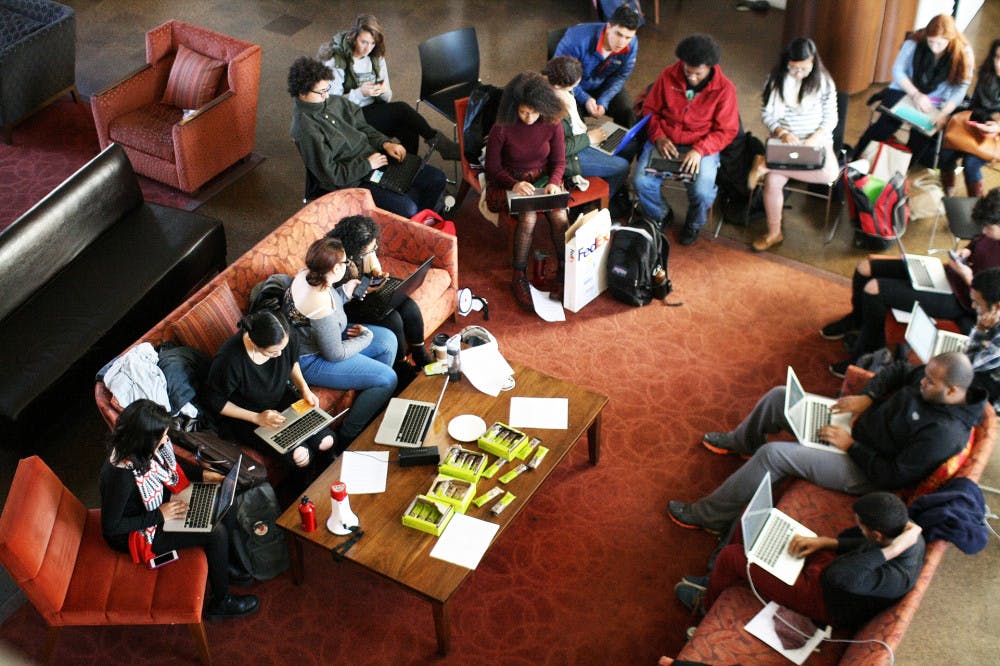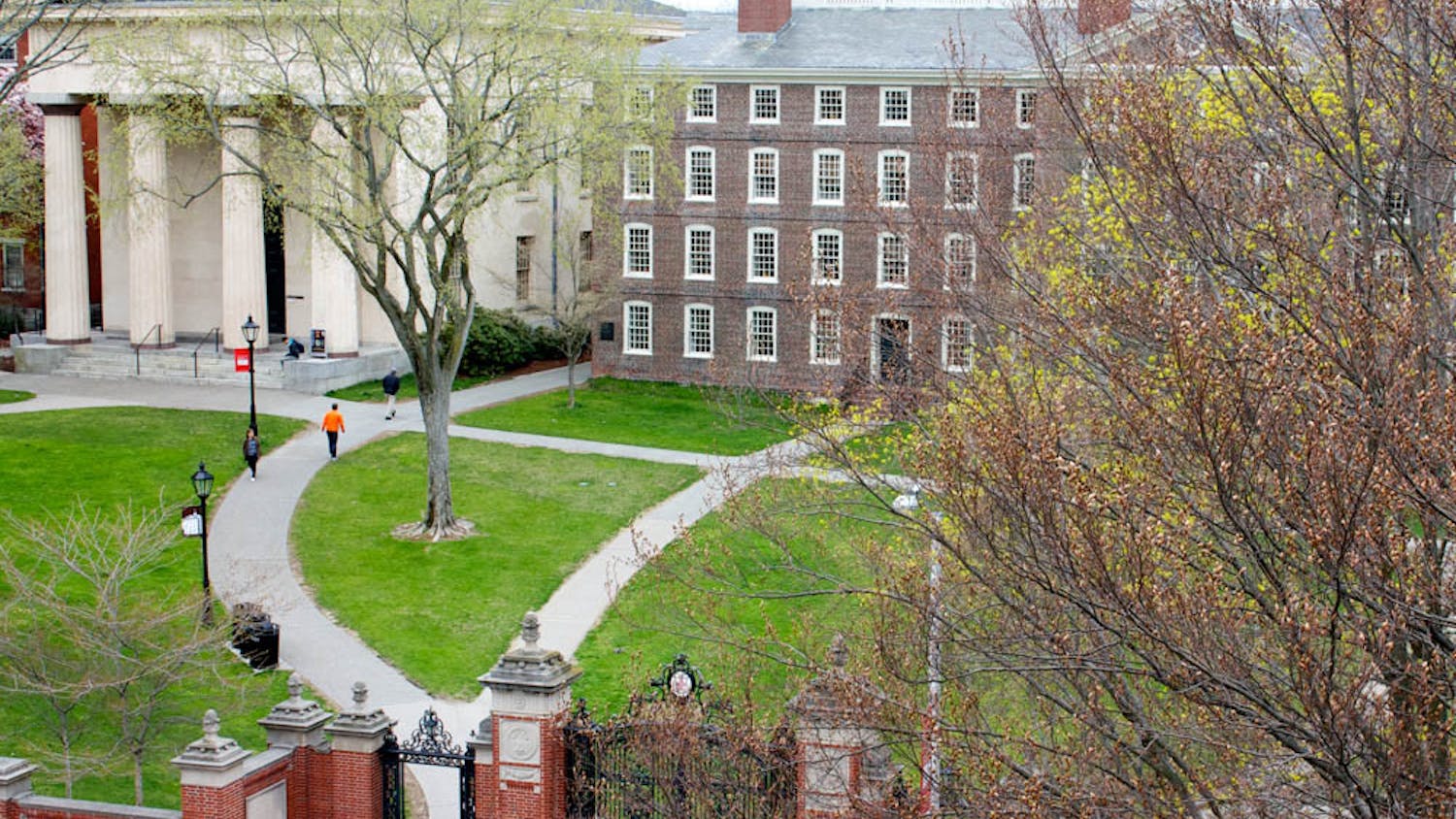Students of color gathered outside President Paxson’s office Thursday to serve as “diversity consultants” for the University after the release of a draft of the diversity and inclusion action plan last month. Their list of demands included disarming DPS officers, making a Diverse Perspectives in Liberal Learning course a curricular requirement, adding $50 million each to the endowments of the ethnic studies program and the Africana studies department and creating several new concentrations that focus on traditionally marginalized identities. The students confronted Paxson when she declined to speak with them during her office hours because other students had signed up beforehand. “I don’t know how I can persuade you that I really want to work with you and the faculty, and I do value our black students,” Paxson said. Administrators initially intended to solicit feedback on the plan until Dec. 4. But in response to the students’ demands, Paxson announced Thursday night that she would extend the deadline to Jan. 8.
Students going hard in class made headlines this week, with The Herald’s Fall Poll showing that about 15 percent of Brown students have attended class under the influence. Students in Greek life and students who have sold illegal drugs were more likely to have attended class under the influence, and male students were twice as likely as female students to have attended class intoxicated. Many students found the statistics unsurprising, with one sophomore reminiscing about the Friday of Spring Weekend, “In my last class of the day, everyone showed up totally drunk except me. There were people drinking straight vodka from Poland Spring bottles.” Well, at least they were recycling.

Director of the Plant Environmental Center Fred Jackson spoke to The Herald about his doctoral research and life outside the greenhouse, which includes fronting the ska and reggae band Professor Roots.
Is it really failing if it’s only on your internal transcript?
The number of students taking courses S/NC rose over the last four years, with 63.4 percent of students choosing that grading option this semester compared to 54.4 percent in spring 2011. Students opt for the S/NC grading option for several reasons, with Kian Ivey ’16 saying, “I wanted to try a course somewhat outside of my comfort zone.” According to Deputy Dean of the College Christopher Dennis, S/NC is meant to encourage students to take academic risks. We’ll be sure to quote Dennis the next time we have to defend our transcripts to our parents.
President Paxson discussed Brown’s plans for continuing its expansion into the Jewelry District, including its construction of a translational science complex, at the Greater Providence Chamber of Commerce’s annual meeting. Paxson defined translational science as “the entrepreneurial pathway that connects basic science to practice.” The complex might include hotel and conference buildings and an entrepreneurial startup space. According to Terrie Wetle, dean of the School of Public Health, the complex should “bring people into Providence who will spend money.” As exciting as a new complex is, we can’t help but be disappointed that the streets of the Jewelry District aren’t lined with diamonds.
For students whose traveling desires are not satisfied by trips around Providence, the financial cost of study abroad programs also made headlines this week. In an effort to eliminate cost as a factor in study abroad decisions, the Office of Financial Aid has students who go abroad pay Brown tuition. Awarded financial aid may decrease if the program’s non-tuition costs such as airfare, books and housing are lower. But the financial aid does not increase if the program’s cost is greater than Brown’s. While Brown’s previous changes to financial aid policy allow more students on financial aid to study abroad, some students still lamented their inability to go to their city of choice.





